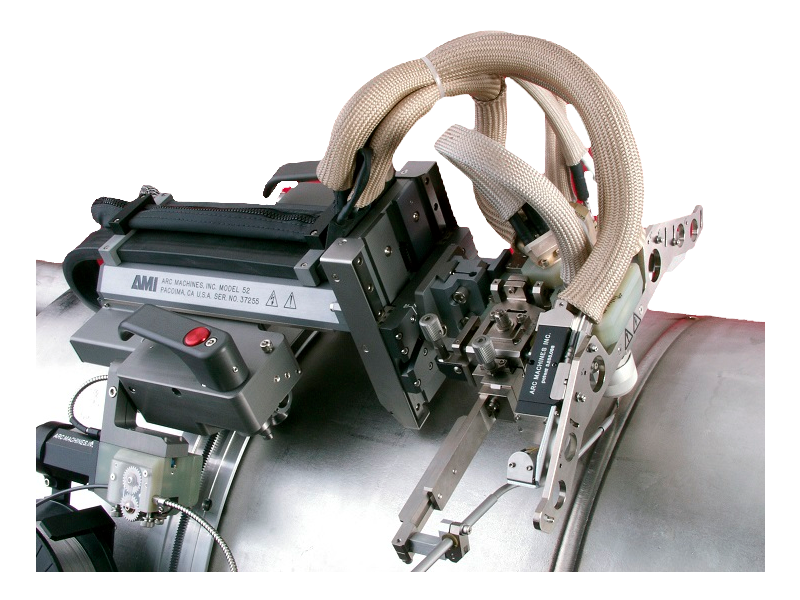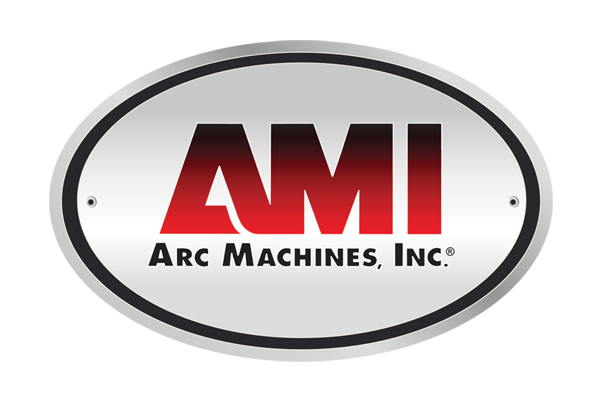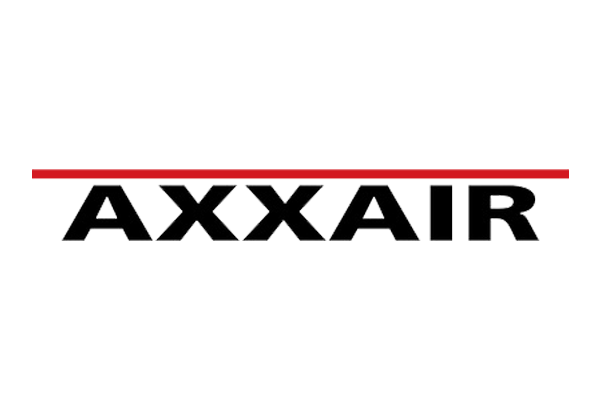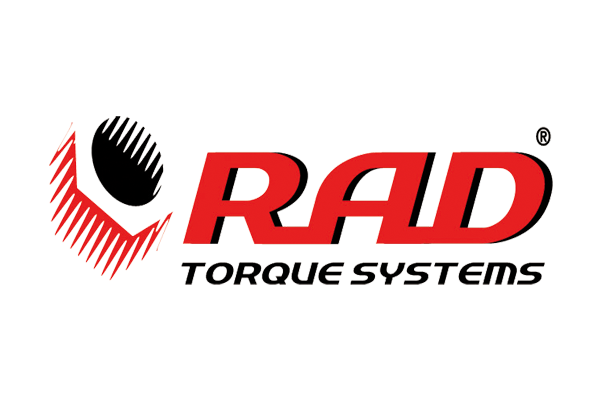Automated Welding Provides Quality, Precision, and Repeatability
Welding has existed in some form for millennia. And manual welders have been invaluable in constructing buildings, ships, factories, transport systems, pressure vessels, and many other systems. However, acquiring the skill necessary to meet the quality demands of high-spec projects takes time, and today’s industry faces a shortage of professionals with this expertise. As a result, more manufacturers are discovering the benefits of welding automation equipment. Let’s explore the reasons for this trend and its many advantages over manual welding.
The Limitations of Manual Welding
The ability to take disjointed parts and forge them into metal systems used for everything from structural support for skyscrapers to piping systems for fluids and gases makes welding an exciting field. However, manual welding can also be dangerous. For instance, bonding metals often requires fusion welding and generates gases that are toxic for the welder.
Many welders accept the hazards and contribute their skills to a wide range of industries, including power generation, biopharmaceuticals and food processing, shipping, and aviation. However, the demand for highly skilled welders required for high-spec projects has outpaced the available applicants. The resulting shortage of highly-skilled welders is just one of the issues associated with manual welding, as shown below.
The Disadvantages of Manual Welding
- Physical demands
- Lack of consistency
- Shortage of qualified welders
- Safety Concerns
As the list above indicates, most of the challenges of manual welding are inherent to the process. The shortage of talent only exacerbates the need for an alternative.
The Advantages of Welding Automation
Almost every manufacturing, building, construction, and assembly process has increased efficiency and reliability through automation. The same is true for welding. Welding automation improves weld quality, controls process precision, and provides repeatable results.
Improved Weld Quality
Many of today’s high-spec welding projects focus on systems that store or transport contents under pressure. Often, contents may be harmful to personnel or the environment if a bonding failure occurs. Therefore, weld strength is critical. And the most important contributing factor to strength is weld quality.
Controlled Precision
In order to create high-quality welds, the process must be controlled; power supply, weld head speed, and arc temperature must all be precisely monitored. Automated welding allows these parameters to be manipulated remotely with a clear view of the weld.
Repeatability
Automated welding also has the advantage of consistently reproducing the same high-quality weld. For high-spec projects, this reduces material waste and lost time. For manufacturers, increased welding automation can result in productivity gains and reduced costs.
Automated Orbital TIG Welding
One of the most effective automated welding processes is Orbital TIG welding, which has the following advantages.
The Advantages of Orbital GTAW
- Remote and automated control
- Consistent welds
- Less expertise required
- Far safer
Today, manufacturers are increasingly recognizing the benefits that automation can bring to high-spec welding projects. By eliminating the challenges associated with manual welding, welding automation can improve the quality, precision, and repeatability of good welds.









